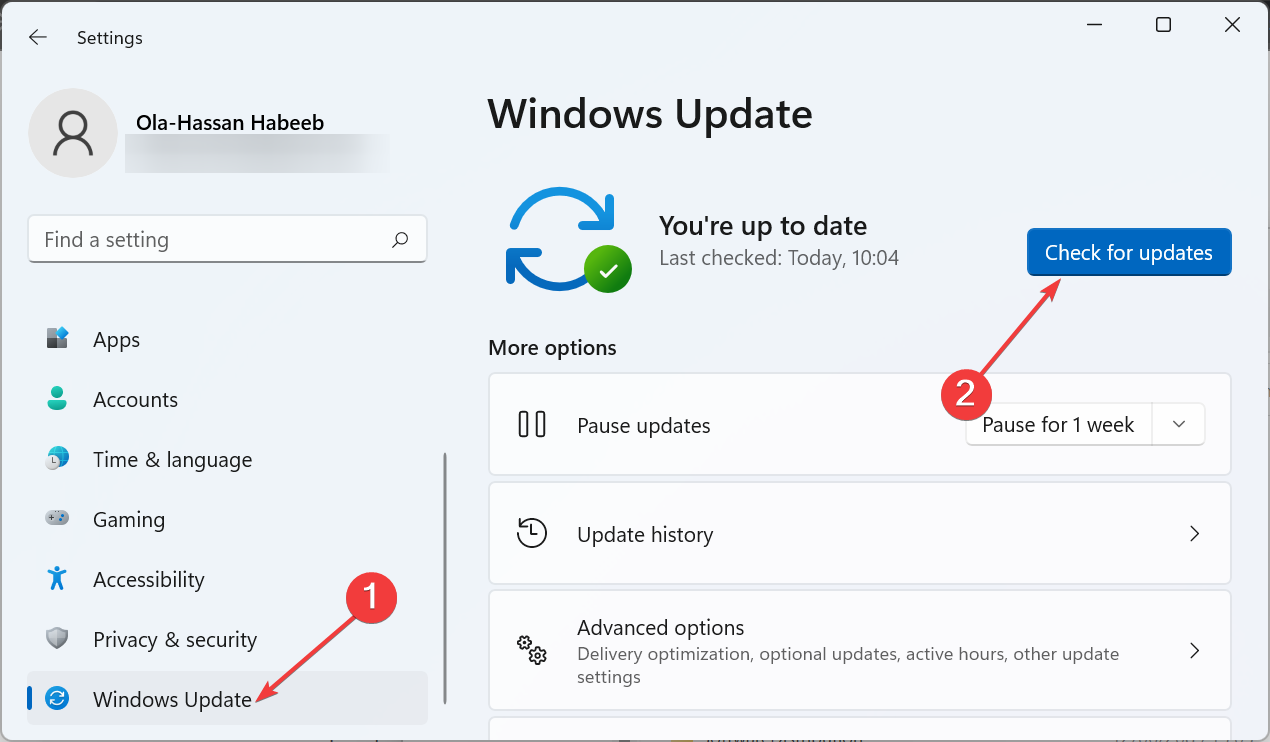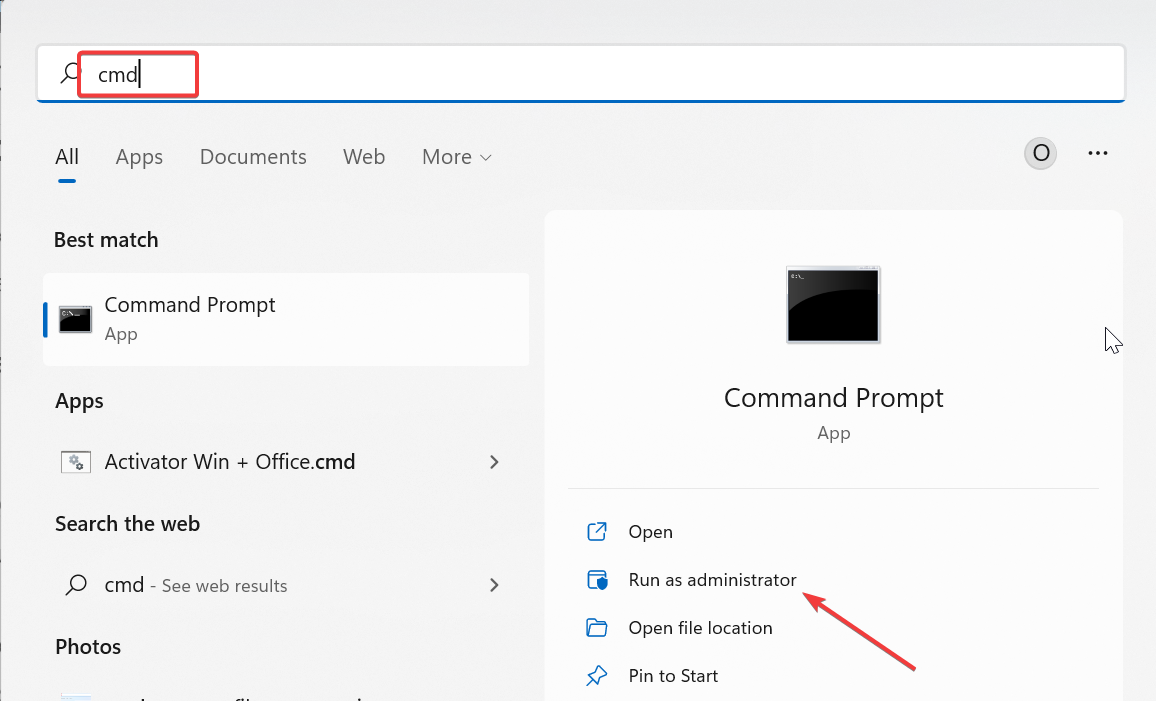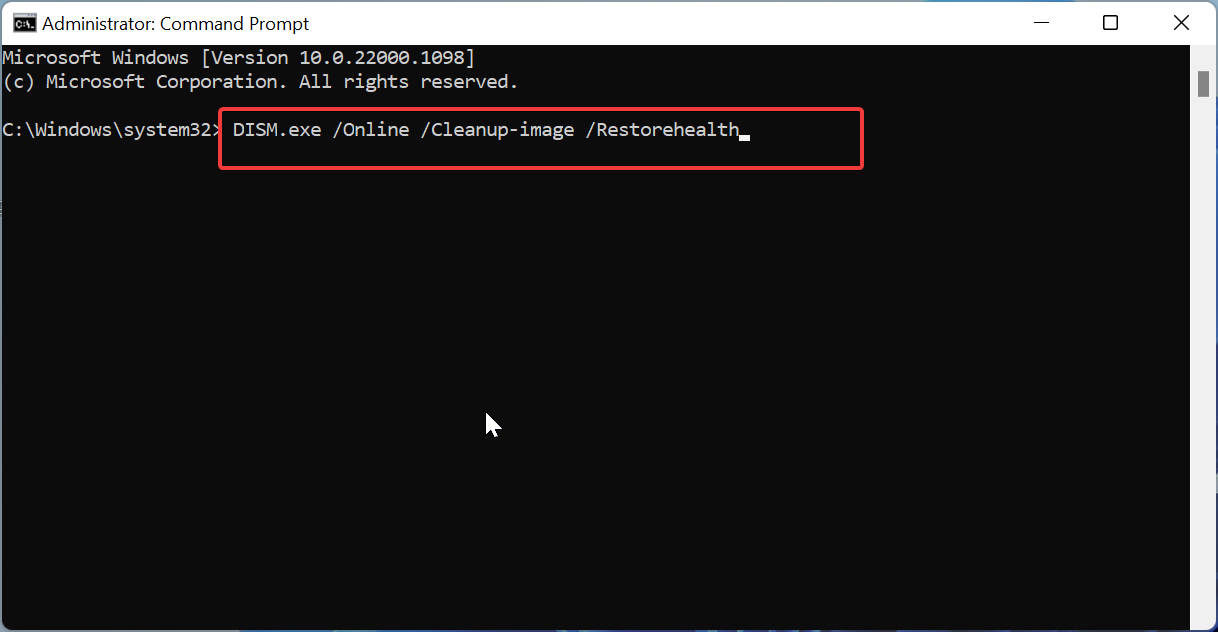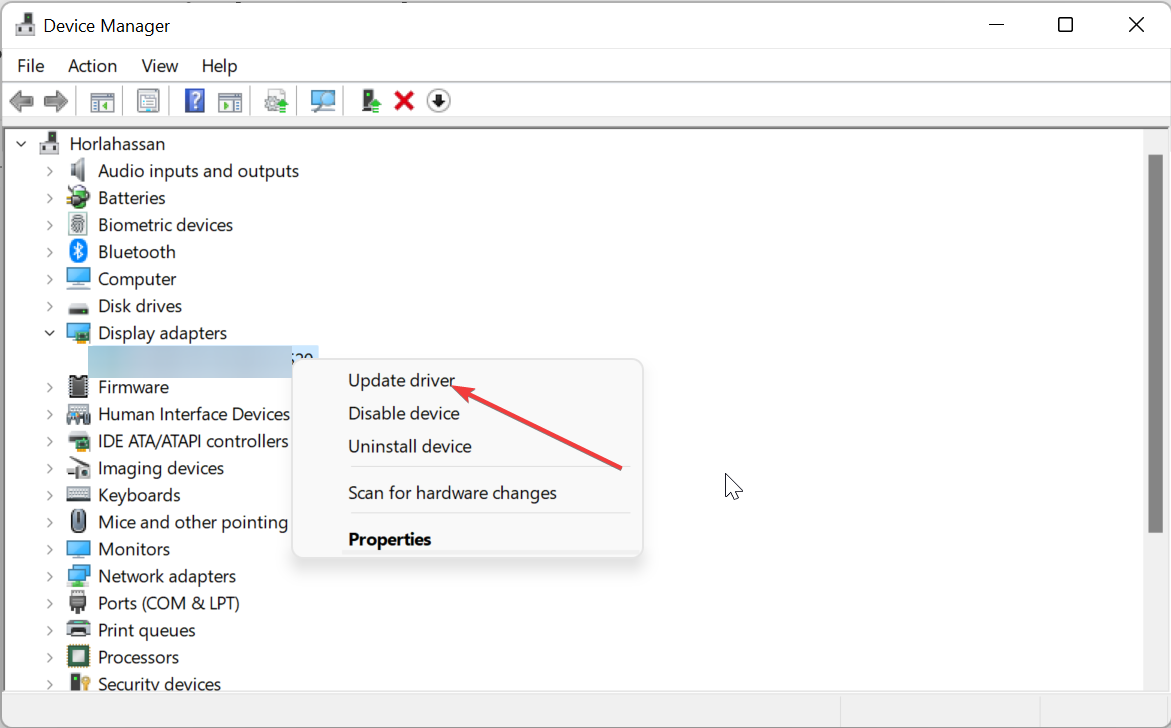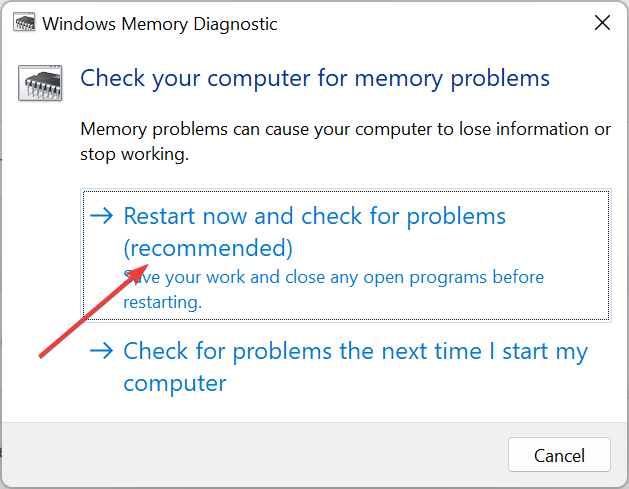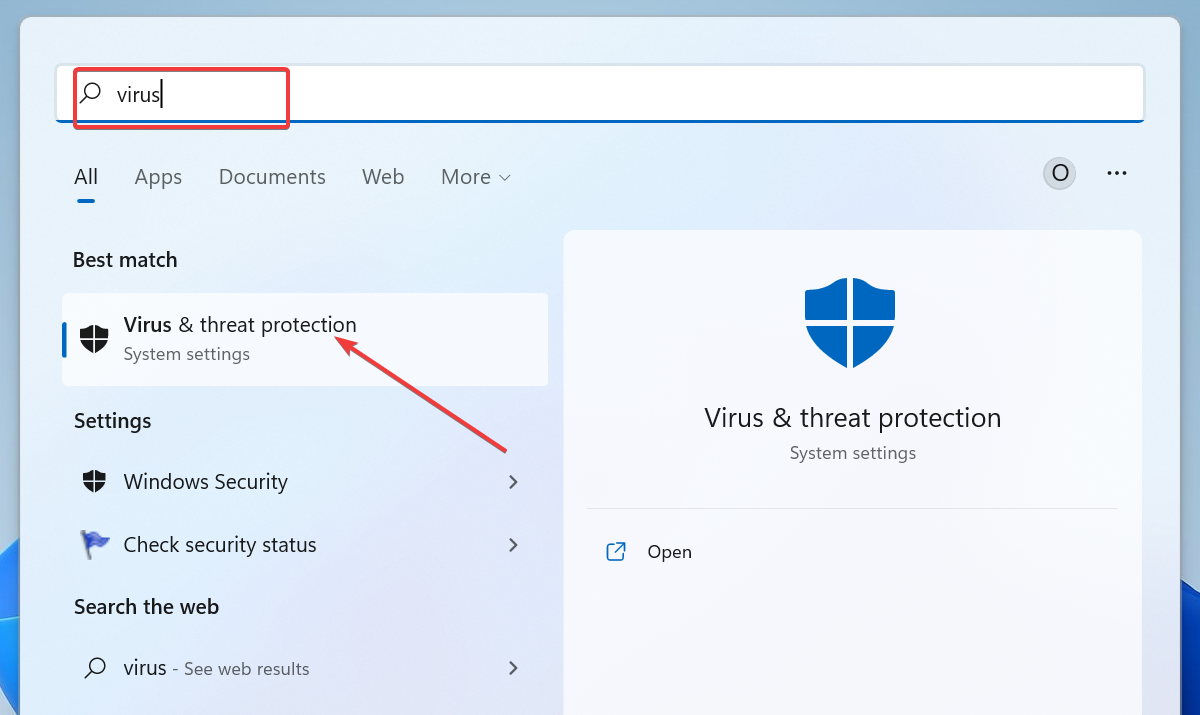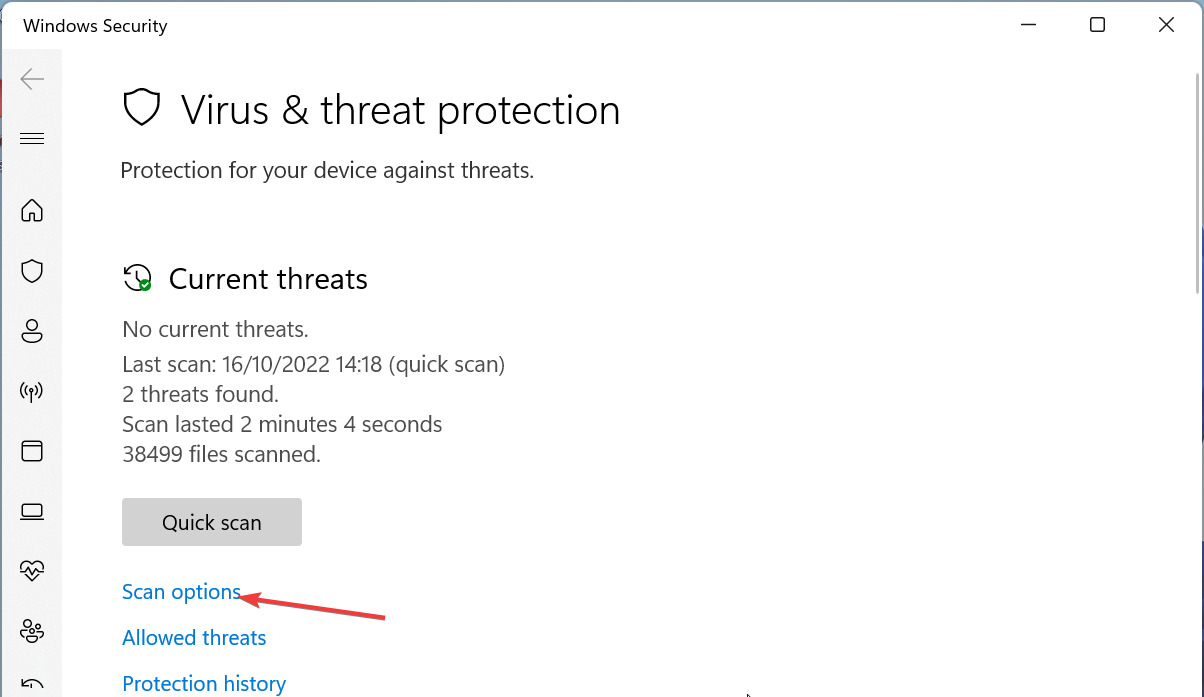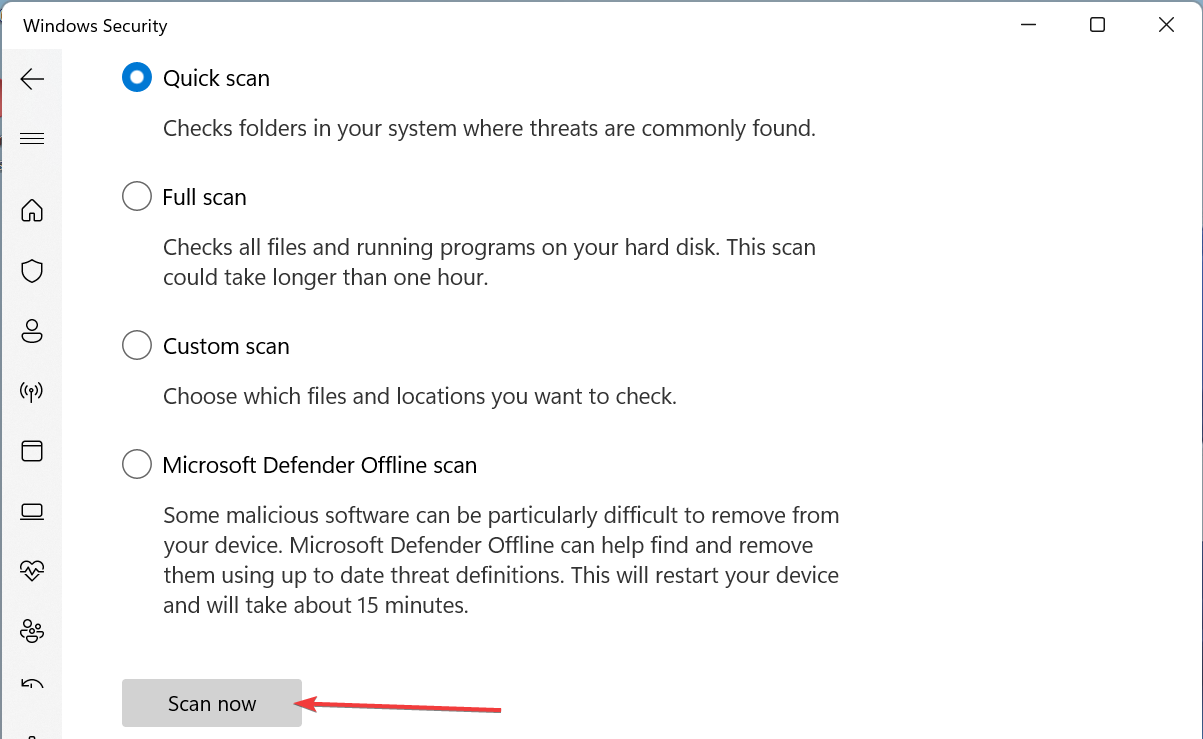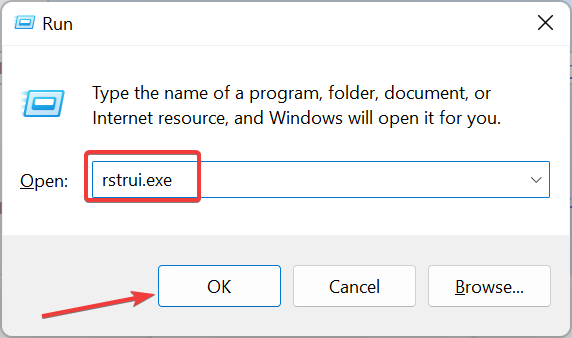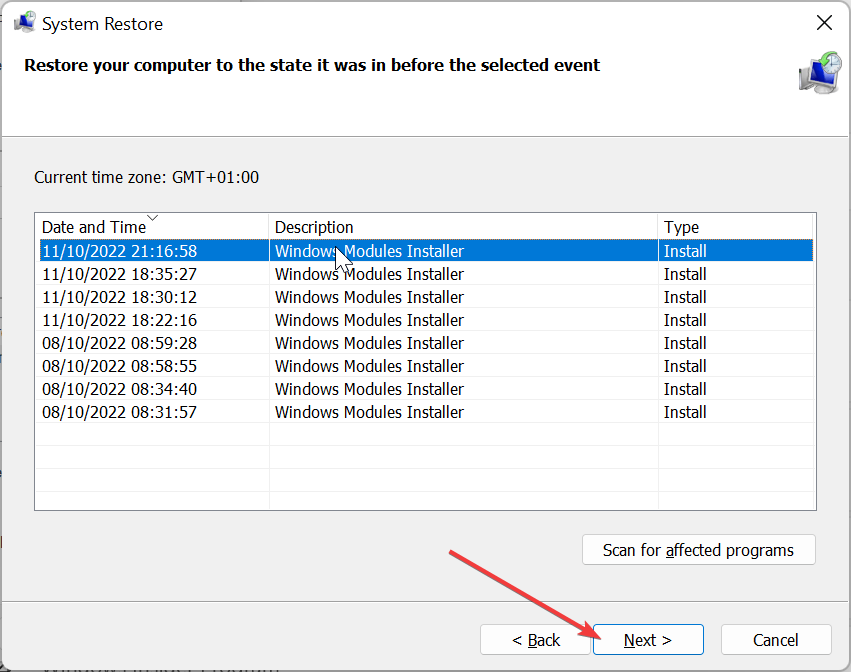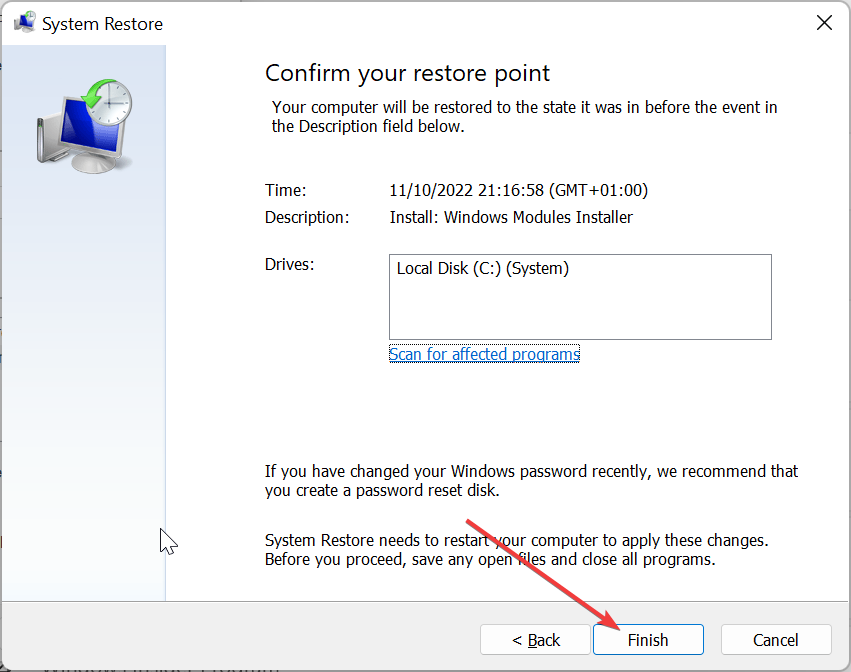Fileinfo.sys BSOD: 6 Ways to Fix It for Good
Updating your system drivers should fix this in no time
- The fileinfo.sys blue screen issue can be due to an outdated operating system.
- You can fix this issue quickly by running the Memory Diagnostic tool.
- Performing a system restore is another effective solution you may try.
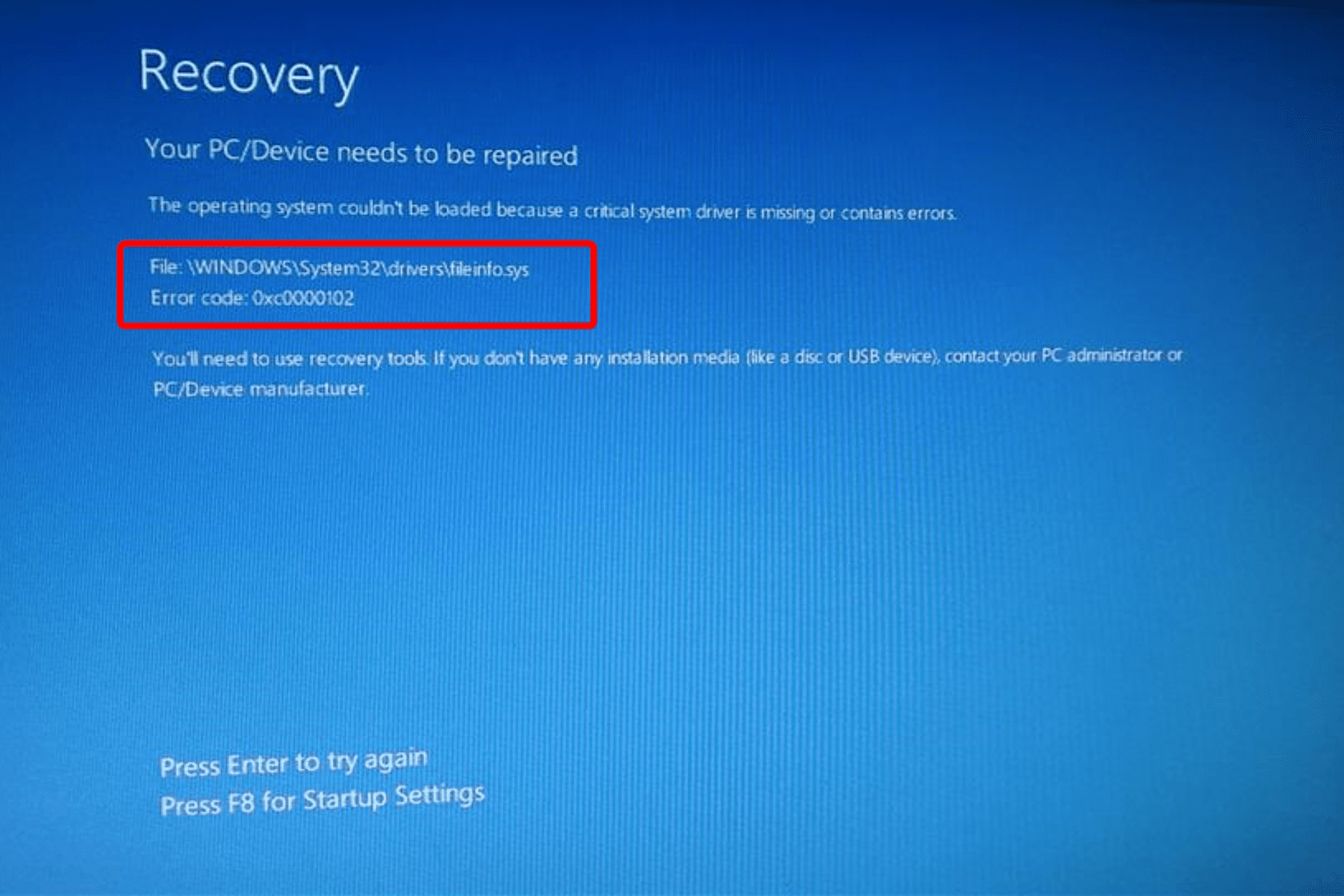
The Blue Screen of Death errors lists on the Windows OS are endless. Another one of these notorious issue troubling users is the fileinfo.sys BSOD, which is related to the FileInfo Filter Driver files.
While this issue is not complicated, it can lead to serious problems if left unattended. In this guide, we will show you how to fix this blue screen error effortlessly on your PC.
Why does the fileinfo.sys error occur?
Below are some of the reasons you are getting the fileinfo.sys error with the dreaded Blue Screen of Death:
- Outdated PC: If your PC is outdated, you don’t need to look too far for the cause of this error. An outdated operating system is prone to different security and software issues. Hence, you need to keep your OS up-to-date.
- Corrupt system files: Faulty system files are known to be among the leading causes of BSOD errors, including this one. As always, you need to repair these files to solve this problem.
- Outdated or faulty drivers: Another potential cause of this error is corrupt system drivers. Updating the required drivers should get the job done here.
How can I fix the fileinfo.sys BSOD error?
1. Update your PC
- Press the Windows key + I to open the Settings app and select Windows Update.
- Click the Check for updates button.
- Now, download and install all available updates.
When your PC is outdated, you are likely to get BSOD errors such as fileinfo.sys. This is why you need to update your OS from time to time.
2. Repair system files
- Press the Windows + S key, type cmd, and select Run as administrator under Command Prompt.
- Type the command below and press Enter:
DISM /online /cleanup-image /restorehealth - After the command above finishes running, run the command below:
sfc /scannow - Finally, wait for the command to finish running and restart your PC.
System file corruption is another one of the prominent causes of fileinfo.sys error. Running the SFC and DISM scans should restore normal service here.
If you don’t want to go through the stress of running multiple commands, we recommend using a dedicated tool.
3. Update drivers
- Press the Windows key + X and select the Device Manager option.
- Click the arrow next to the Display adapters section to expand it, and right-click each of the devices there.
- Now, choose the Update driver option.
- Click the Search automatically for drivers option and install all available updates.
- Finally, repeat Steps 2 to 4 for the Chipset and Network adapter drivers.
The fileinfo.sys file is related to your PC drivers. So, when some important drivers are outdated, they can trigger this BSOD. Following the steps above or going to the manufacturer’s website to update your drivers should do the trick here.
4. Run the Memory Diagnostic tool
- Press the Windows key + R, type mdsched.exe, and click OK.
- Select Restart now and check for problems (recommended).
- Finally, wait for your PC to restart, and the check will start automatically.
Some users have found the fileinfo.sys issue to be due to memory issues. You can rectify this by running the Memory Diagnostic tool on your PC.
5. Scan for malware
- Press the Windows key, type virus, and click Virus & threat protection.
- Now, select Scan options.
- Finally, choose the ideal scan option and click Scan now at the bottom of the page.
Malware messes with your PC and can be the reason for a hardware malfunction. This, in turn, causes the fileinfo.sys blue screen error. The solution is to run a full system scan to eliminate the malware.
6. Perform a system restore
- Press the Windows key + R, type rstrui.exe, and click the OK button.
- Click Next on the page that opens.
- Now, choose your ideal restore point and click the Next button.
- Finally, click Finish and follow the onscreen instructions to complete the process.
If you are finding it hard to track the cause of the fileinfo.sys BSOD error, the best thing to do is to perform a system restore. With this, you can restore your PC to a point where it works without issues.
We can conclude this guide on fixing the fileinfo.sys Blue Screen of Death issue. Hopefully, you are able to get rid of this dreadful error before exhausting the solutions in this article.
If you are facing a similar issue in navagio.sys BSOD, check our guide on how to fix it.
Feel free to let us know the solution that helped you fix this issue in the comments below.
Still having issues? Fix them with this tool:
SPONSORED
If the advices above haven't solved your issue, your PC may experience deeper Windows problems. We recommend downloading this PC Repair tool (rated Great on TrustPilot.com) to easily address them. After installation, simply click the Start Scan button and then press on Repair All.
